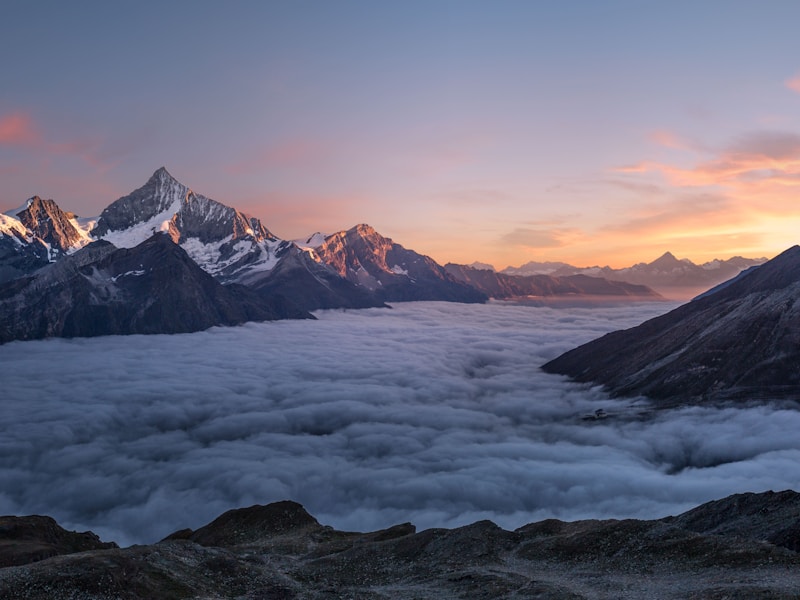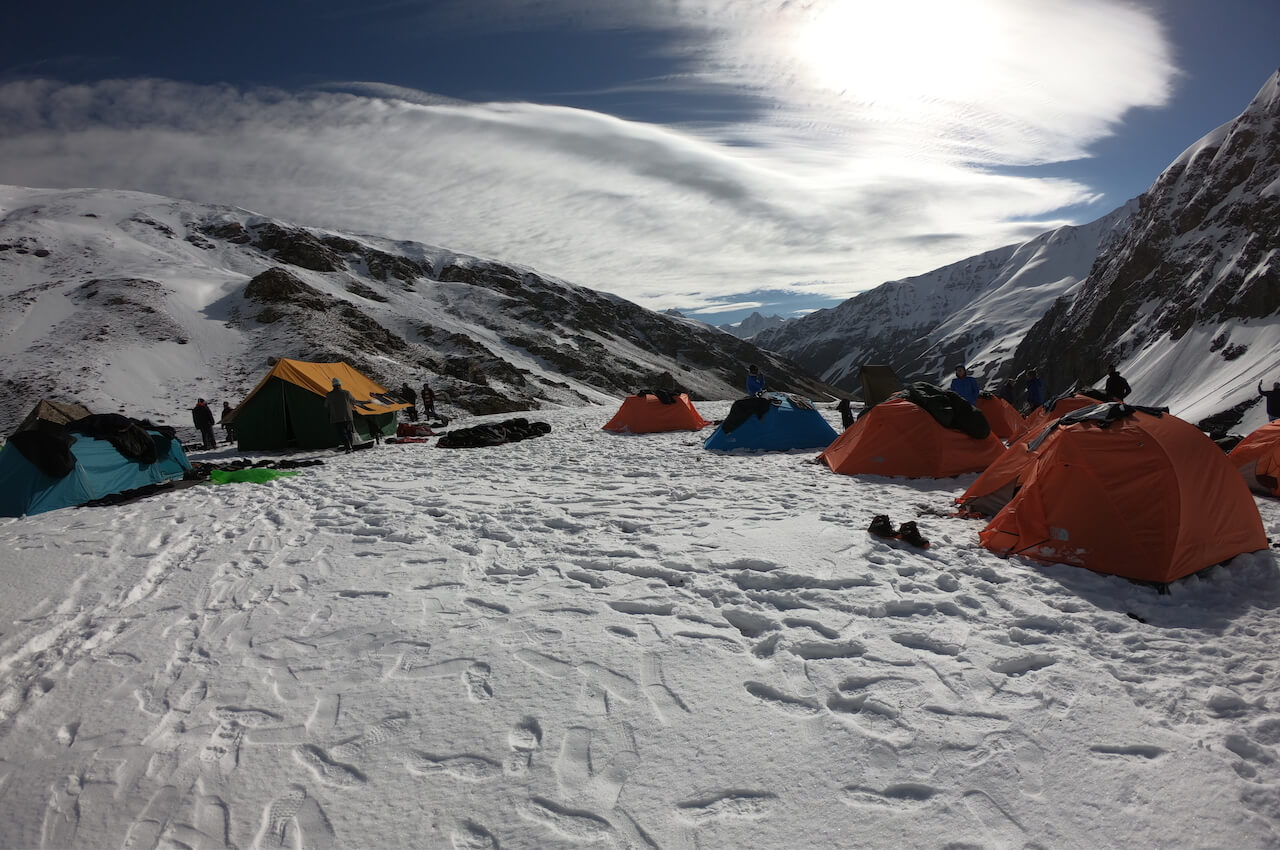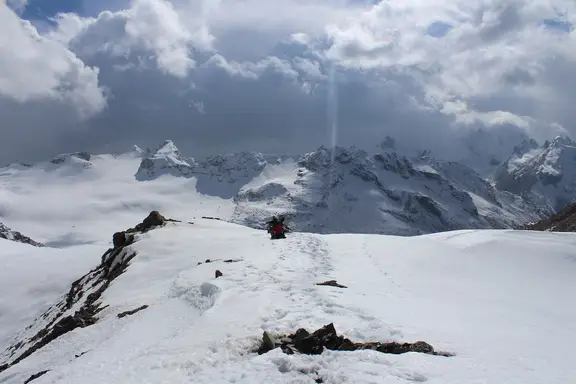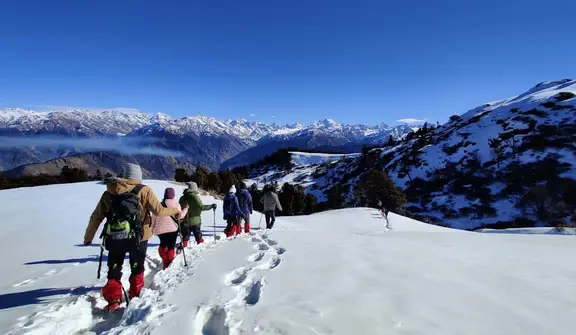Untitled Blog Post
No description available.

Unlike buying a home or purchasing a car, trekking is technically not a huge investment but is a life-changing decision. It is an activity that involves a lot of adventure and a lot of risk pertaining to its nature.

Nature can be unpredictable and as you are exposed to the purest form of nature, there are chances of landslides, storms, heavy rainfall, avalanches and unsuitable weather. Trekkers also have the risk of injuries, mountain sickness, AMS and more.
For this reason, it is always insisted to have trek insurance beforehand. A normal life insurance and medical insurance policy don?t involve the risks you consent to while participating in activities like trekking.
Here are a few reasons you should get trek insurance.
1. High altitudeIt is not trekking it is not high enough. Most of the Indian treks go up to a very high altitude. Oxygen levels are usually low in the height and some people might suffer Acute Mountain Sickness (AMS) due to that. Not everyone is prone to fall into altitude sickness but when someone does, the symptoms start to reflect and it is only wise to descend. Otherwise, a few doses of Diamox does the job against altitude sickness. However, in certain rare cases, AMS progresses to take a dangerous form. Pertaining to the height and remoteness, immediate medical assistance and evacuation become too difficult and costly. To avoid unnecessary medial and rescue charges, it is better to have insurance that can cover these unforeseen situations.
2. AccidentsNature cannot be predicted or tamed. If you are going into the wilderness of the mountains, you have to be prepared to face any conditions that arise. Apart from the weather conditions and serious situations like storm or landslide, adventure always carries along with the risk of unexpected injuries.
Some of the most common kind of injuries that take place are ankle sprains, ligament tears, fracture and more. Worst case scenario, you can also slip while walking on wet trails and suffer a serious hazard or accident.
The trek guides and leaders usually carry the required amount of medical aid and are trained to act immediately in situations like these. But, at times, the mishap could exponentially in a very remote area leaving you no way out of the situation. Emergency expenses in such case shoot up really high even for the slightest of injuries.
3. Prior IllnessIf a trekker is already ailing from a medical condition like blood pressure, asthma, a pre-existing heart condition, a healing fracture or more; they become more prone to health complications while trekking. It is always advisable to undergo a thorough medical check-up to see if you are eligible to for the trek or not. Even the slightest mishaps during these conditions or unavailability of a regular medicine in your routine can cause a serious health emergency.
In such a case, emergency evacuation is required followed by hospitalization. However, if the trail you are on doesn?t have laid path, either mules or airlift is required to immediately descent a person to the base camp.
Therefore, along with knowing your medical condition thoroughly and carrying sufficient medicines, trek insurance is important to cover all the medical expenses during the trek too.
4. Natural disastersNatural disasters like landslides, hailstorms, floods, and an avalanche cannot be predicted and are beyond human control. However, everyone knows that mountain regions are more prone to disasters than the normal urban terrain. During the trek, trekkers live in absolute wilderness and amidst nature. They sleep in tents in camping grounds, attend their nature?s call under the open skies and sometimes even drink the fresh glacier water. Weather in mountain can change within hours and even minutes. Landslides and hailstorms are quite common in Himalayan treks. Since no one can be held accountable and responsible for the loss of life or goods during these natural calamities, it is recommended to have trek insurance that covers the losses incurred even under the natural disasters.
5. Stolen, Delayed, Damaged or Lost BaggageApart from having a risk of life during trekking, there?s also a risk of stolen, damaged, delayed or lost baggage during your journey. If you are carrying heavy trekking equipment?s, expensive camera gears and another precious item during your trek, you wouldn?t want to bear the pain of the lost, damaged or stolen goods during your travel.
There are certain travel insurance policies that cover the damages of lost, damaged and stolen baggage as well. There is a certain limit of cover in carrying the expensive items and if you wish to raise the standard limit of the charge, you need to pay a small additional cost.
Amidst the beautiful trekking experience, nobody wants to go through the hassle of repairing goods or filing a complaint of missing baggage. It is better to get your expensive equipment insured under trek insurance in advance.
6. General Travel Insurance CoverApart from the major factors like AMS, illness, injuries, accidents, loss of baggage and more, one should generally have trek insurance for a smooth travel experience. if your travel dates change, you need to cancel last minute or there are some changes in the package, one can do it easily and hassle-free if there?s valid trek insurance covering the entire home to home trip.
These were some of the reasons, it is usually insured by a trekking company to get trek insurance prior to the trip. It will not only cover the unforeseen injuries and damages but also makes your travel plan more convenient and hassle-free. Trek insurance fee and condition that it includes differ from policies to policies. Make sure you go through the entire terms and conditions of trek insurance policy before getting one. A trekker should always be aware of everything that a trek insurance policy covers and move ahead with the journey.
Similar Blogs
Related Treks & Activities

Hampta Pass Trek
Hampta Pass Trek 2025 - Chandratal Lake Trek | Moxtain

Dayara Bugyal Trek
Dayara Bugyal Trek 2025 - 6 Days Trek | Moxtain


